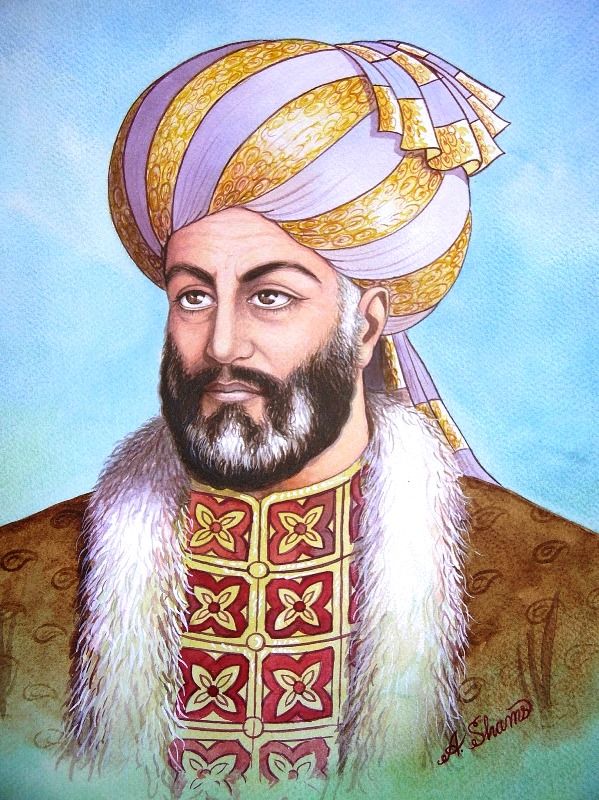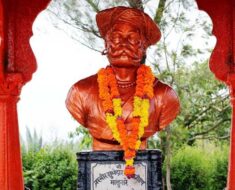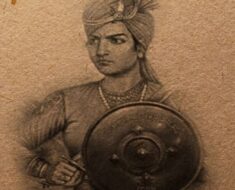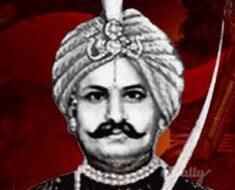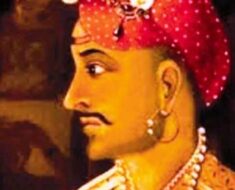Ahmad Shah Abdali, the first emperor of the Durrani Empire, left an indelible mark on Afghan and Indian history. His life, from humble beginnings to imperial reign, is a fascinating tale of ambition, conquest, and lasting legacy.
Wiki/Biography
Also known as Ahmed Shah Durrani or Ahmad Shah Abdali Durr-i-Durrani, he was born in 1722 (around 50-51 years old at death) in either Herat (then part of the Hotak Empire, present-day Afghanistan) or Multan (then part of the Mughal Empire, present-day Pakistan).
Family, Caste & Wife
He hailed from the Sardozei clan, an Abdali tribe of Afghans. His father was Muhammad Zaman Khan Abdali, also of the Sardozei tribe, and his mother was Zarghuna Begum from the Alakozai tribe. After his father’s release from Persian imprisonment in 1715, the family may have moved to Multan. He had a brother, Zulfiqar, who became the Governor of Mazandaran, Iran. Ahmad Shah Abdali married three times: Mimtta, Iffat-un-Nissa Begum, and Hazrat Begum (married in 1757). His son Timur Shah Durrani, born in 1748, was his eldest son with Mimtta.
Early Years of Ahmad Shah Abdali
In 1738, Ahmad Shah and Zulfiqar were freed from imprisonment under Hussain Hotak, the Ghilji ruler of Kandahar. They joined Nader Shah’s army (ruler of the Afsharid dynasty in Iran). Zulfiqar became Governor of Mazandaran, while Ahmad served as Nader Shah’s personal attendant, eventually rising to command 4,000 Abdali cavalry.
This cavalry played a key role in Nader Shah’s invasion of the Mughal Empire in 1738. Legend speaks of Nader Shah prophesying Ahmad Shah’s future kingship.
Rise to Power
Following Nader Shah’s assassination in 1747, the Durrani tribe unanimously chose Ahmad Shah as their leader. He secured the royal seal and Koh-i-Noor diamond from Nader Shah’s body before returning to Kandahar. This marked the beginning of his reign as the sovereign ruler of Afghanistan.
Invasions of India
After Nader Shah’s death, Ahmad Shah Abdali married his widow, Iffat-un-Nissa Begum. He built a powerful army comprised of Durranis, other Pashtuns, Tajiks, Qizilbash, and other Muslims.
His conquests began with capturing Ghazni from the Ghiljis and Kabul from its local ruler. He invaded the Punjab region three times between 1747 and 1753, capturing Herat in 1750. Between 1748 and 1767, he launched eight invasions of India primarily to plunder its wealth. These invasions included notable battles and sieges.
The Third Battle of Panipat (1761)
The Maratha’s push of Timur Shah Durrani out of Punjab and Kashmir in 1758 prompted Abdali’s retaliatory campaign in 1759, reaching Lahore and Delhi. This fueled the Third Battle of Panipat on January 14, 1761. The battle pitted the Marathas, led by Sadashivrao Bhau, against Abdali’s Afghan army, bolstered by Indian allies like Najib-ud-daulah, Afghans of the Doab, and Shuja-ud-Daula.
The battle was fiercely fought, with initial Maratha successes followed by a decisive Afghan victory after the deaths of key Maratha leaders.
The Aftermath of the Battle
The aftermath was brutal, with accounts of widespread slaughter of Maratha prisoners. Abdali’s letter to Peshwa Balaji Baji Rao afterward expressed a desire for peace, while retaining control over Punjab.
Death
Ahmad Shah Abdali died in June 1773 in Murghah, Herat Province, Afghanistan, succumbing to a nasal tumor that developed into cancer.
Facts/Trivia
Key facts about Ahmad Shah Abdali include:
- His tomb in Kandahar houses a cloak reportedly worn by Prophet Muhammad.
- He was a poet, writing in Pashto, with famous poems like “Love of a Nation”.
- His empire was succeeded by his son, Timur Shah Durrani.
- The Third Battle of Panipat is commemorated in Kala Amb, Panipat.
- A 2019 Hindi film, “Panipat – The Great Betrayal,” depicted his role in the battle.
Summary of Major Invasions of India
| Invasion Number | Year | Outcome | Significant Events |
|---|---|---|---|
| 1 | 1748 | Defeat | Battle of Manupur |
| 2 | 1749 | Victory | Control of territory west of Indus |
| 3 | 1752 | Victory | Battle of Lahore; Victory over Mir Mannu |
| 4 | 1756 | Victory | Plunder of Lahore, Sirhind, Delhi, Mathura, Vrindavan |
| 5 | 1759-1761 | Victory | Battles of Lahore (1759), Second Battle of Sikandarabad (1760), Siege of Kunjpura (1760), Third Battle of Panipat (1761), Battle of Sialkot (1761) |
| 6-8 | 1762-1767 | Varied | Further campaigns and consolidation of power |

